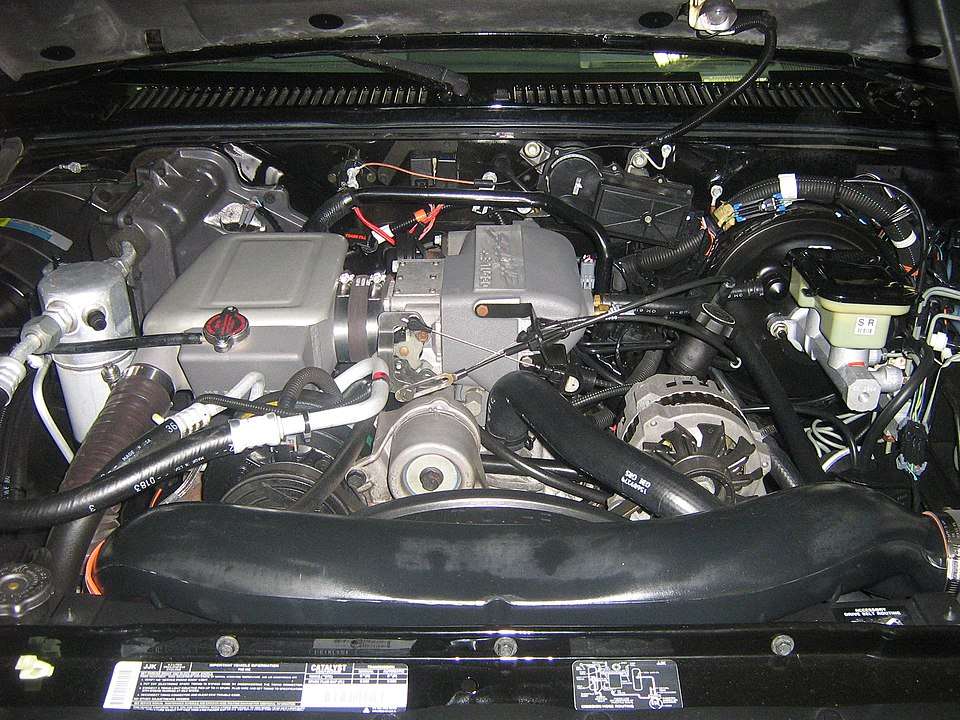Since fuel efficiency is such a big deal nowadays, it would be a terrible thing if you faced some of these common issues found within the car throttle position sensor. Since these two factors, that is, fuel efficiency and effective throttle body functionality are directly related to each other.
How are they related to each other?
Well, the throttle position sensor [TPS] affects the amount of oxygen going into the engine’s combustion chamber. This is where the air mixes with fuel in order to produce power for moving the vehicle during acceleration. The TPS is able to communicate the engine’s power demands to the fuel injection system.
Ain’t that amazing? We are not yet done here.
Further, the TPS coordinates with the mass air flow sensor and the on board computer to determine the engine’s power demands. The engine’s demand for power depends on its RPM and how quickly the throttle valve changes positions.
A combination of all this collection of data results to determines the fuel to inject so that the car moves at an efficient fuel economy state.
Up next!
Let’s discuss some of the common issues found within the car throttle position sensor. In fact, some of these things will act as symptoms of a bad throttle position sensor.
The points will come in handy for someone who’s interested in the issues facing a faulty throttle body. Since all of them are focusing on a mutual car part.
Issues found within the car throttle position sensor.
A throttle position sensor [TPS] replacement is absolutely necessary when it becomes faulty. Some of the issues found within the car throttle body position sensor once it starts failing are listed below.
1. Reduced acceleration power.
Since you are familiar with the vehicle’s accelerating capacity, you won’t fail to notice this issue. Since the TPS reads data that relates to the accelerator and the engine RPM, it is an important component of the car’s acceleration capacity.
Issues found within the car throttle in relation to acceleration could swing to either side. That means that the car, could fail to accelerate when you press the gas pedal. Alternatively, the issue could arise whereby the vehicle randomly accelerates itself without you pressing the gas pedal.
The random acceleration is a result of an uncontrolled throttle valve. Meaning that it pops open randomly. Consequently the air is pushed into the combustion chamber where it combines with fuel to burn and produce power.
A perfectly functional TPS should be able to prevent this random acceleration by reading the position of the throttle body valve.
2. Rough Engine Idling.
This symptom of a faulty throttle body position sensor is hard to miss especially when the car is idling or during initial acceleration.
Remember that the onboard computer relies on data coming from the TPS to determine the extent to which the throttle body valve is shut.
If the TPS is faulty, it will end up sending the wrong data to the on-board computer concerning the position of the valve.
This is one of the reasons why a car engine will stall from starting. Because the throttle valve needs to open up in order to let air into the combustion chamber for ignition to take place.
3. Check engine light.
The check engine light is one of the most confusing dashboard warning lights that most drivers encounter. It could be an indication that so many different things are wrong. But most of the time it appears due to a faulty sensor.
There is the possibility that the check engine warning light will appear right before any of the above symptoms are noticeable. If this warning light shows up, use a code reader to check for trouble codes and determine the source of the problem.
4. Reduction in vehicle acceleration power.
Some manufacturers install a software program in their cars that shows a reduced engine power dashboard warning light incase of such a situation.
If this software is programed into your onboard computer, it shows up when the car doesn’t accelerate beyond certain speed.
The faulty TPS limits the accelerator’s power demand going to the engine. Hence suppressing the vehicle’s capability to accelerate beyond a speed of 20-30mph.
How to fix throttle position sensor.
1. Faulty electric wiring.
First of all, you will need to thoroughly assess the situation by looking at the wiring to and from the TPS. There are occasions whereby the wiring is faulty since this is a common occurrence amongst the car’s electric system components.
The TPS relies on proper wiring to the on-board computer but there are occasions when this connectivity is compromised. For example, compromise from corrosion and rust.
Assess the wiring connections before going ahead to perform a replacement. If there is rust or buildup on the sensor and its wiring, use quality cleaning material to remove it.
2. Clear the necessary fault codes.
This happens when you have reached a decision to replace the faulty TPS. Before installing a new one, you have to ensure that the onboard computer is ready to receive it.
Reprogramming may take two forms, whereby you reprogram the onboard computer in order to eliminate the registered faulty TPS codes. Secondly, you can reprogram the new TPS in a manner that suits the onboard computer’s program.
A professional will take care of these things for you at an affordable price.

